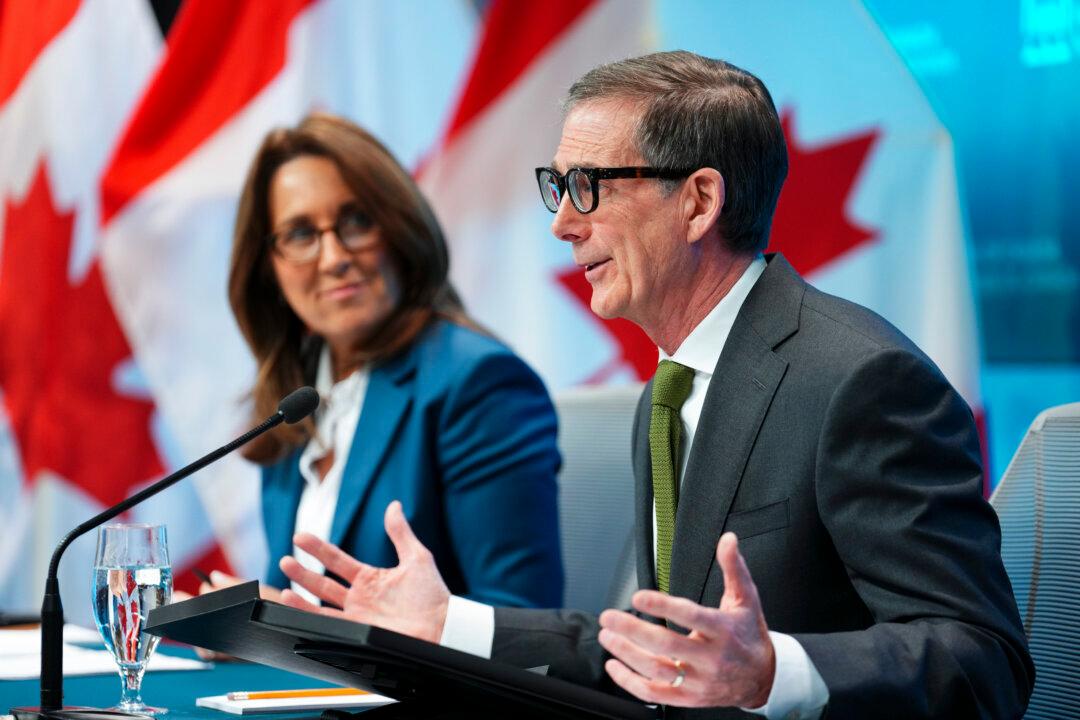Doubts about the U.S. Federal Reserve raising rates for a third time in 2017 are building due to inflation weakening, the ebbing likelihood of fiscal stimulus, and the imminent reduction in its bond portfolio.
As anticipated, the Fed held its policy rate range unchanged at 1 to 1.25 percent on July 26, but it also downgraded its assessment of inflation slightly.
“Overall inflation and the measure excluding food and energy prices have declined and are running below 2 percent,” according to the Fed statement. The Fed removed the word “somewhat” before “below 2 percent” from June’s statement, which indicates that inflation is drifting further below its target.
“For the remainder of the year, we‘ll continue to see inflation moving away from the target, so I don’t think they’ll raise rates anymore this year,” said Gregory Daco, chief U.S. economist at Oxford Economics in a phone interview.
The Fed has already raised rates three times since December 2016 to move away from a level of rates more appropriate for crisis times. But the timing of the next hike is uncertain.
Another step toward a more normal monetary policy is the unwinding of the $4.5 trillion in government and mortgage bonds bought to lower longer-term interest rates during the financial crisis. The Fed expects this to happen “relatively soon.” The consensus is that balance sheet reduction will be announced in September and start in October.
The Fed will need to gauge what impact “quantitative tightening” has in addition to economic data when considering the next rate hike.
Disappointing Inflation
With the U.S. economy essentially at full employment, classic theory says inflation should be higher; instead, that relationship between unemployment and inflation is murkier in today’s world.
Daco says the aging demography is holding back wage growth, which is a key factor holding back inflation. It is an issue with which many advanced economies struggle.
“The tradeoff between low unemployment and wage growth has been weaker than historically,” he said. As the baby boomers exit the workforce, they take with them a higher level of wages than younger workers command upon entry.
Another factor exerting downward pressure on inflation is technological and internet advances; however, Daco believes this is playing a relatively minor role through productivity improvements.
If productivity grows, an economy’s potential output increases. And if the U.S. economy’s potential is actually higher than the 2 percent long-term Fed forecast, then the economy has more room to grow and for price pressures to build—another strike against inflation picking up.





